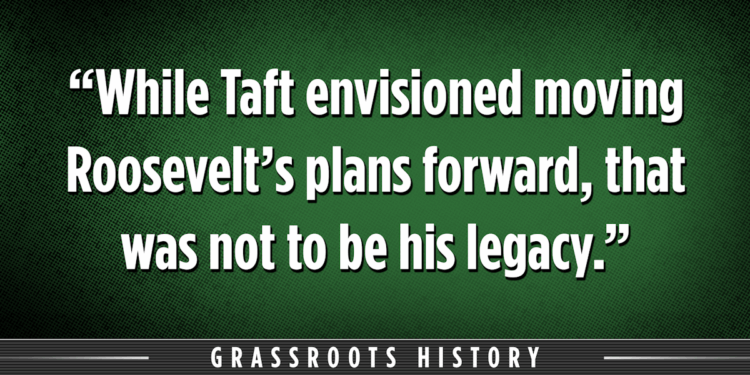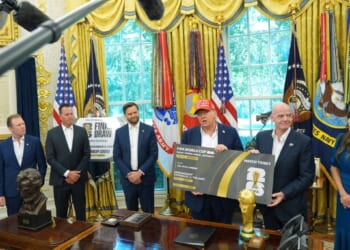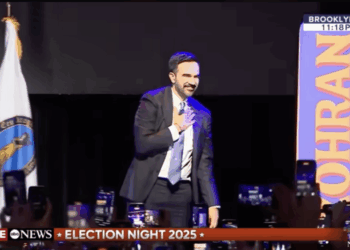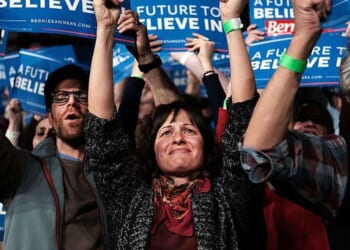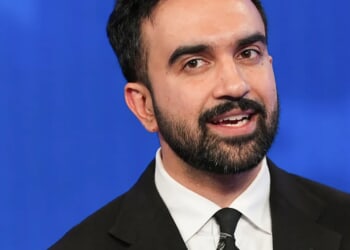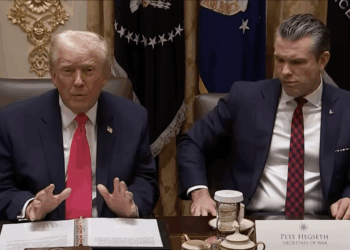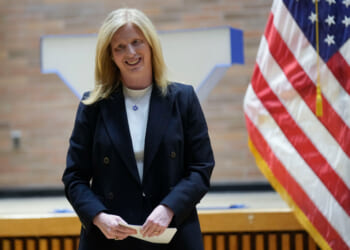William Howard Taft entered the White House knowing that, for many Americans, he was a pale shadow of the energetic, boisterous Teddy Roosevelt. While his plans were to continue Roosevelt’s agenda of progressive action, the truth is that Taft was more comfortable as an administrator instead of a leader, prescribing legislation, garnering the support of governors, and “working” the general public through press releases and thundering speeches given spontaneously from railroad platforms. Taft was a legal scholar first and foremost, and while he envisioned moving Roosevelt’s plans forward, that was not to be his legacy.
So, what was accomplished during his one term as president of the United States?
Almost immediately upon taking his position, Taft did call a special session of Congress and asked the members of the House and Senate to focus on reforming tariff laws. And he was successful in that action because the facts supported the need for changes if the economy was to grow and expand. The Mann-Elkins Act of 1910 tasked the Interstate Commerce Commission with suspending railroad rate hikes and setting new rates. In addition, the legislation expanded ICC’s oversight power to include radio, telegraphs, and telephones, while at the same time placing postmasters and skilled Navy workers under civil service protection. The Department of Commerce and Labor divided to allow a more focused mission for each; the U.S. industrial revolution was triggering innovations, and workers were lobbying for a more reasonable wage and involvement in decisions about working conditions.
Interestingly, Arizona and New Mexico applied for statehood. Taft opposed their admission because both proposed state constitutions provided for the recall of judges. Ever the jurist and a true believer in checks and balanced government accompanied by separation of powers, Taft only agreed to support statehood when both constitutions were revised to remove the offensive clause.
And then there were the constitutional amendments. While the Sixteenth Amendment — income tax — had his support (even though many wealthy citizens were angered by its passage!), he was less enthusiastic about the Seventeenth Amendment — direct election of senators. He would have preferred that all executive branch budgets be consolidated under the presidency, allowing more efficiency and presidential control, but Congress was heatedly opposed. He stepped aside on that issue, assuming it would be debated during his next term.
Teddy Roosevelt is remembered as the “great trust buster.” Yes, you just now saw that famous political cartoon of Roosevelt with the bit stick hoisted over his head as he challenged the consolidation of operations that he believed threatened capitalism and free enterprise. What most do not know is that Taft prosecuted more trusts that Roosevelt — 99 trust-busting cases during his four years. Standard Oil, American Tobacco, and American Sugar Refining were most prominently covered in the press, but it was his move against U.S. Steel that wounded Taft. His business supporters criticized his lack of business acumen, and as he backed off, Roosevelt took to his “bully” platform to add a different criticism — that Taft was not really a progressive.
Taft played into Roosevelt’s criticism by eventually signing a tariff bill proposed by Rhode Island Senator Nelson Aldrich and New York Senator Sereno Payne that fell far short of Taft’s original request. Then he really angered Roosevelt and his supporters by firing Gifford Pinchot, Roosevelt’s National Parks chief forester. Why? One of Taft’s appointments, Richard Ballinger, a Washington State businessman, removed protections against mining, etc. on vast amounts of federal lands, claiming that Roosevelt had overstepped his authority in the Interior Department set-asides. Pinchot spoke against Ballinger’s actions and Taft fired him for insubordination, ripping the Republican Party apart, as Pinchot was a party favorite.
Was foreign policy Taft’s more effective arena of action? After all, he had served in the Philippines and had an understanding of constitutional authority related to international affairs. He had watched Roosevelt — with the Roosevelt Corollary — expand U.S. influence even stronger into Latin America while simultaneously strengthening the Monroe Doctrine’s premises. He was ready for that assignment, right?
We’ll see.

